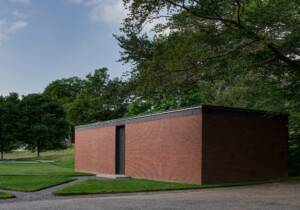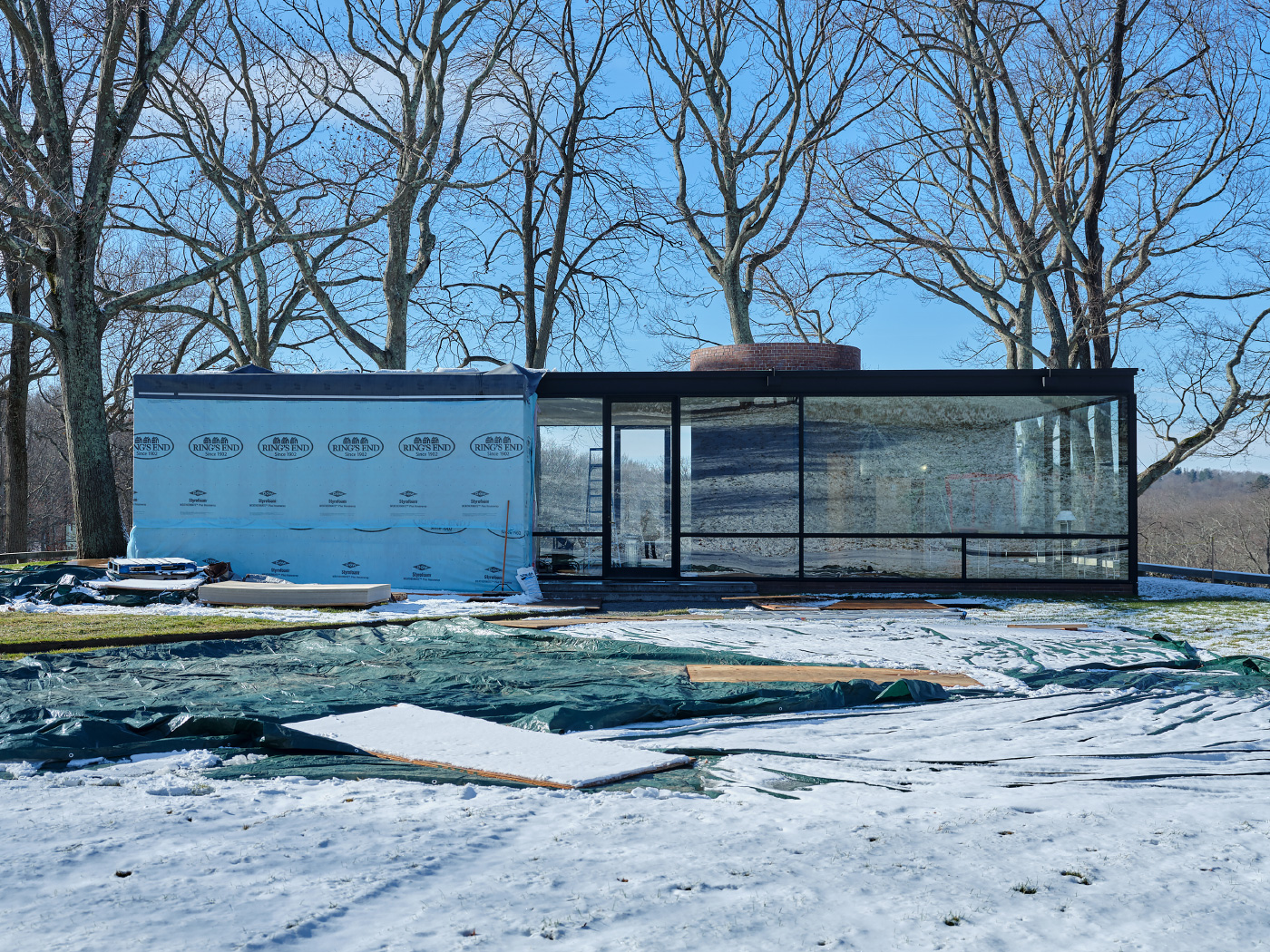The Architect’s Newspaper Editor-in-Chief William Menking sat down with Henry Urbach to discuss Urbach’s long and varied career as a dealer of architecture drawings, curator at the San Francisco Museum of Modern Art, and director of the Philip Johnson Glass House.
The Architect’s Newspaper: You have had a varied career as a gallery owner, curator, writer, and museum director. How did you get started in these various activities?
Henry Urbach: It began while I was a graduate student at Princeton and I started to take note of experimental architecture as a form of cultural production that is compelling on its own terms. There were many interesting projects but few spaces dedicated to exhibiting them. That was the genesis of Henry Urbach Architecture, which opened to the public in 1997. I wanted to create a new platform for experimental architecture by making use of the gallery model. The gallery was a calling, and a bit of a stretch. I had no gallery experience and no money, but a lot of determination and, slowly but surely, people who got behind the idea, as artists and architects, as audience and patrons, and there was tremendous press support. I think I was very lucky.
You became a curator of architecture before it became a fashionable career. Why did it occur to you to become active in this field?
As the gallery’s profile grew I developed relationships with curators and institutions worldwide. SFMOMA approached me at the perfect moment, about ten years into the life of the gallery and at a time when real estate and other costs were skyrocketing in New York. The museum offered a wonderful platform to continue exhibiting work, developing new commissions, and, in general, exploring what it means to present architecture.
Curating has become professionalized in the past few years with university graduate programs devoted to it and many young people looking to it as a career. What do you think of these recent developments in the art and architecture world?
I think it’s wonderful that there’s this kind of interest, and now opportunities, for formal education. Curating in architecture used to be something of a gentleman’s sport or sideline; it deserves to be treated as a proper discipline with its own history, theory, and practices.
I remember the show of Lebbeus Woods and Kiki Smith. What other shows did you curate at the gallery that were memorable?
We did over 55 exhibitions, so it’s a hard question for me to answer! Some of the other memorable installations by architects include LOT-EK’s Mixer, Freecell Architecture’s MoistSCAPE, and R&Sie’s Mosquito Bottleneck.
Did you close the gallery when you moved to San Francisco? Why have architecture galleries devoted to drawings and professional work always had a hard time succeeding as businesses?
I closed the gallery shortly before moving to San Francisco. The market for architecture, especially more experimental and contemporary work, remains very limited.
How long were you in San Francisco, and what shows did you curate there that stand out?
My first exhibition was the global premiere of Olafur Eliasson’s BMW Art Car, made of steel and ice and exhibited in a walk-in freezer. We did Jürgen Mayer’s first museum exhibition, as well as Tobias Wong’s. The largest exhibition was a collaboration with Diller Scofidio + Renfro called How Wine Became Modern: Design + Wine 1976 to Now.
There were also shows dealing with the permanent collection through thematic probes, such as an exhibition on the architectural section, one on the process of building a museum collection, and one on the body and architecture called Sensate that included new commissions by Andrew Kudless and Alex Schweder.
In 2012 you became director of The Glass House in New Canaan, Connecticut. It seems like most of your shows there brought artists to create a conversation with the house and even Philip Johnson’s legacy. How would you describe your mandate for programming at The Glass House?
You’re absolutely right. The idea was to take the historic site and transform it into a new platform for contemporary work by artists and architects that could develop compelling dialogues with the house and its author. The most elaborate of these was Fujiko Nakaya’s Veil, which produced a billowing cloud of mist that allowed The Glass House to occasionally disappear.
What will you do for your next act?
Currently I’m on sabbatical in Tel Aviv, where I’ve been exploring the lively art and design scene while working on several writing projects. Starting in August, I’ll begin teaching a seminar and studio at Bezalel Academy of Art and Design in Jerusalem.










